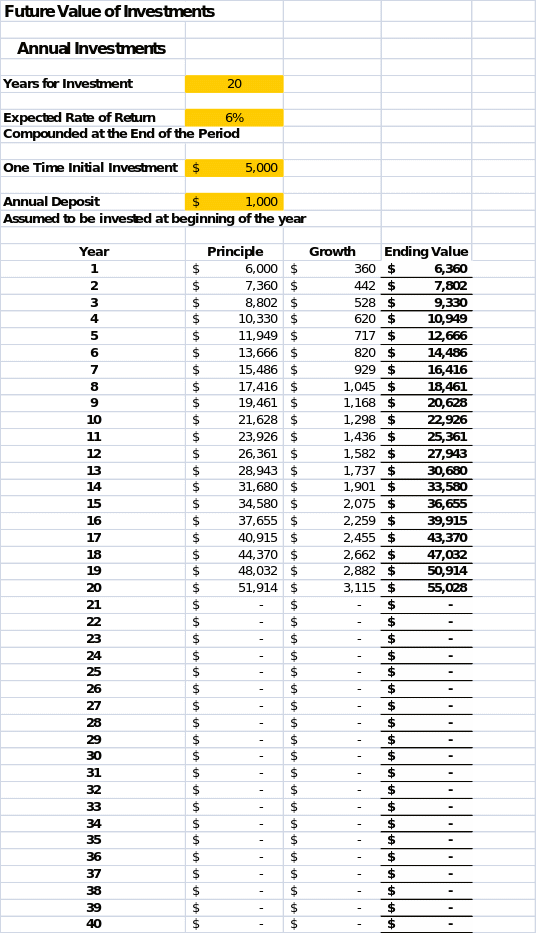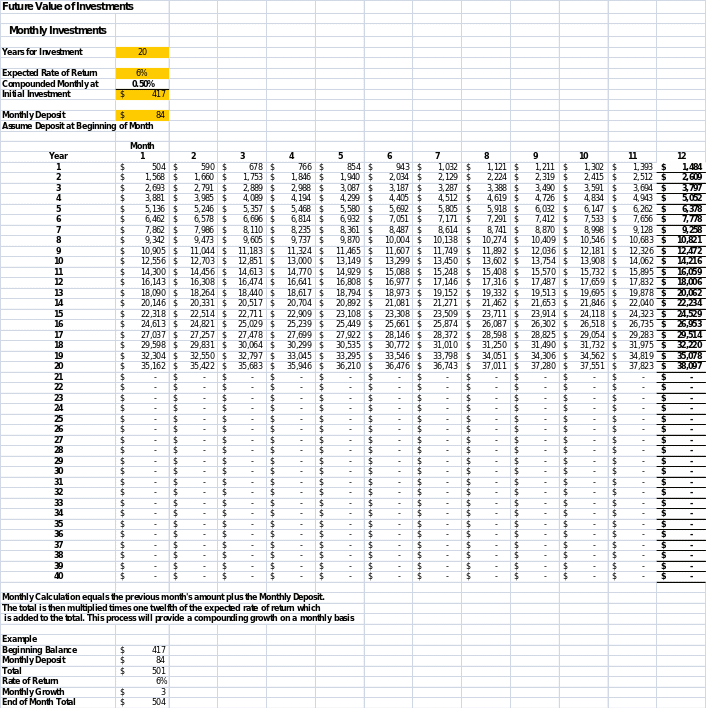Before the oil crisis in 1974, private and public pension plans were considered in terms of total social security benefit package. The economic troubles arising from the crisis triggered renewed thinking resulting into integration of the two systems. Overall private pensions plans was not a widely practiced tradition and the current debate revolves around the desirable mix of private or public pension programs from an old age income maintenance program perspective. The relative role of these two systems and their inherent relationship is the subject of constant debates and policy making in industrialized countries. These countries are apparently faced with opposing wants in this regard. The global crisis and accompanying high unemployment have led to massive budget deficits, which consequently leads to higher taxes, increased government revenues and possibly the need to cut government subsidies on social programs such as health care and education.
Private pension plans may differ in each country; however, they usually contain the same terminology such as occupational fund, complementary pension, and parastate benefit. Majority of public pension plans are employment based and voluntary and thus the workforce coverage may be quite limited. An employer, industry association, labor union, or professional organization generally sponsors these plans. Employer pensions are usually governed by legislation and regulation with the intention to protect employee benefits and may offer tax advantages to the employee/employer to encourage sponsorship and stimulation. The two basic types of public pension plans are defined benefit pension plan and defined contribution pension plan. In a defined benefit (DB) pension plan, workers accrue a promise of regular monthly payment from the date of retirement until death. The life annuity is usually calculated based on a formula or rule. Formulas are more common and are generally based on percentage of service and years of service or on a negotiated flat dollar amount per year of service. For instance, if the employee wants to receive an amount of $200 per month at retirement the plan formula may consider factors such as salary and service, that is, 1 percent of average salary for the last five years of employment. In a defined contribution pension plan, workers do not receive a specific amount of benefits rather they accrue funds in individual accounts administered by the plan sponsor. The employee or/and employer generally contribute to the individual account at an assumed set rate of 6% of annual earnings. The plan benefits accumulated over the employee’s working career will depend on the contributions made less unpaid loans and withdrawals and the investment returns earned on the plan balances. Contrary to the DB plan, it is the contributions rather than the benefit that is fixed in a DC pension plan. Common examples of DC pensions plans are 401(k) plans, employee ownership plans, and profit sharing plans.
Registered retired savings plan (RRSP) allows individuals to save for investment and retirement. Contributions to an RSSP are tax deductible and withdrawals are taxable unless made under Home Buyer’s Plan (HBP) or Lifelong Learning Plan (LLP).Once an amount is withdrawn from an RSSP it cannot be re-contributed to the account unless the individual generates sufficient income to carry forward. The marginal tax rate used while making the original contribution and withdrawal may differ thus creating a tax penalty or credit equivalent to: change in tax rate% divided by (1 minus tax rate on contribution). For instance, an annual contribution of $1,000 to an RSSP subject to a 40% marginal tax rate, assumed rate of return of 6% over a 20-year period will yield.
$
Pre-tax income 1,000
Tax rate (40%) 0
Net contribution 1,000
Investment income (20 years at 6%) 2,207
Gross proceeds 3,207
Tax rate (40%) 1,283
Net proceeds 1,924
Rate of return (%) 6%


